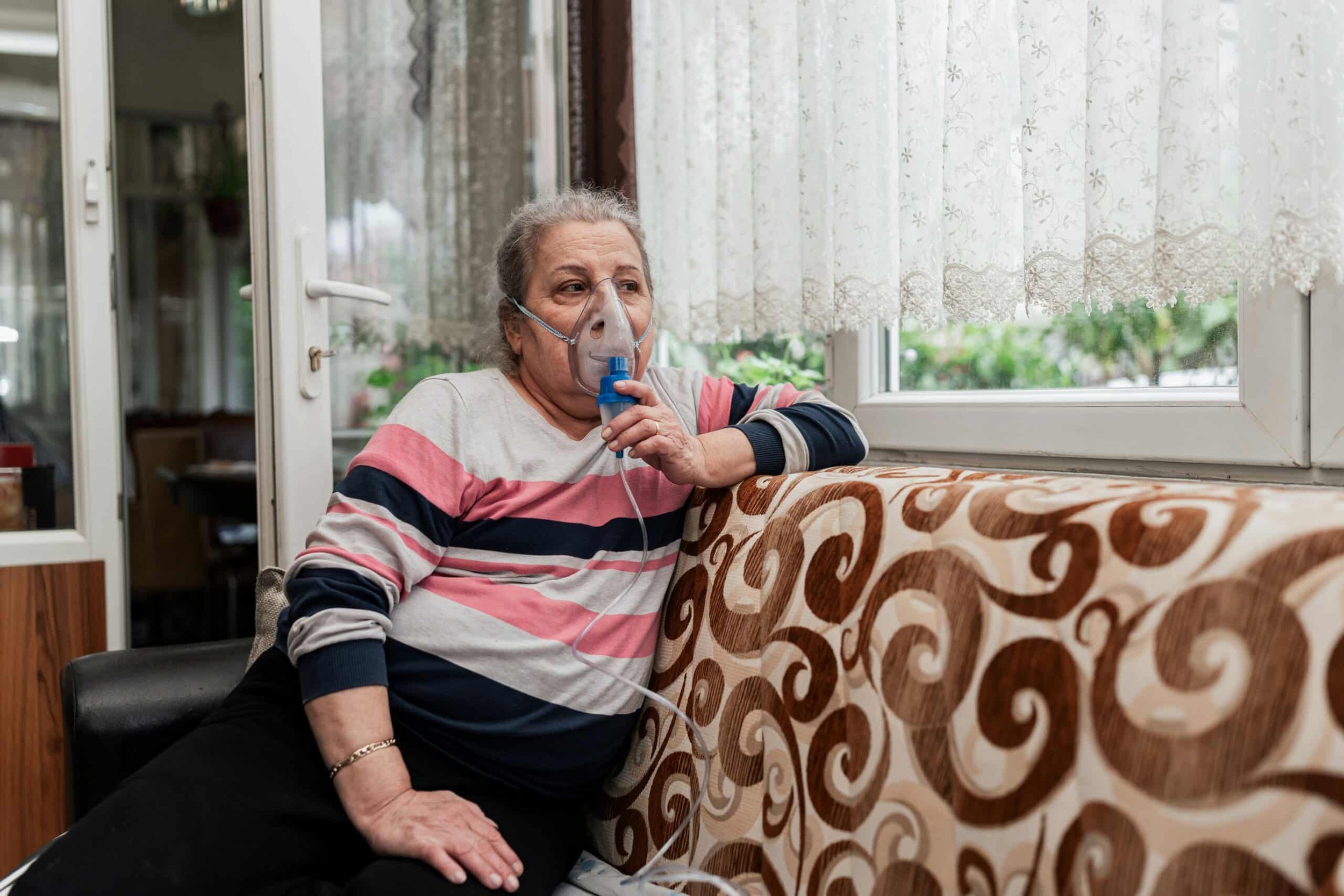Do I Have COPD?
Chronic Obstructive Pulmonary Disease — more commonly known as COPD — is a progressive lung condition encompassing emphysema, chronic bronchitis, and non-reversible asthma.
COPD is primarily caused by long-term exposure to irritants, most commonly cigarette smoke. It can also be caused by exposure to air pollution, dust, and chemicals, as well as your genes and any respiratory infections you may have had during childhood. The disease is characterized by airflow limitation, leading to issues like shortness of breath, coughing, and wheezing.
While there is no cure for COPD, there are many treatments that can improve breathing, reduce symptoms, and improve quality of life.
Common Symptoms
If you have any of the aforementioned risk factors — and are experiencing any of the following symptoms — you might have COPD:
Shortness of breath, especially during physical activity, that has worsened over time
Chronic coughing, often accompanied by thick mucus production, followed by wheezing or tightness in your chest
Frequent respiratory infections
Increased difficulty exercising and increased fatigue, which impact your daily activities
In addition to the above symptoms, COPD can also cause weight loss, bluish discoloration of your lips or nails, and swelling in the ankles or feet. You may also experience headaches in the morning due to elevated carbon dioxide levels while you sleep.
Diagnosis and Treatment
Detecting COPD in its earliest stages is crucial for helping effectively treat the disease, slow its progression, and alleviate its symptoms.
By identifying your obstructive lung disease, your doctor can implement timely interventions that can help preserve your lung function, enhance your quality of life, and reduce your risk of any complications. These interventions will likely include medications and lifestyle modifications, which can empower you to take an active role in managing your condition.
Your doctor will create an individualized treatment plan tailored to your specific needs and disease severity. The plan will often involve a combination of the following approaches:
Bronchodilators relax airway muscles, promoting easier breathing.
Inhaled corticosteroids help reduce airway inflammation and can be used along with bronchodilators in moderate to severe cases.
Pulmonary rehabilitation programs blend exercise, education, and support to boost your health and self-management skills.
Oxygen therapy may be necessary if you have low blood oxygen levels.
Vaccinations against influenza and pneumonia reduce the risk of respiratory infections.
In addition to these treatments, quitting smoking is crucial for slowing the disease’s progression and reducing the severity of its symptoms.
If you have an advanced case, surgical options like lung volume reduction surgery or lung transplantation may be recommended.
If you’re experiencing any of the COPD symptoms outlined above, please call 423-710-3864 to make an appointment. You may also click here to use our quick and easy online scheduling system. We will help you quickly diagnose your issues so we can start you on an effective treatment plan.
Sources: Mayo Clinic, American Lung Association, Healthline.com, Centers for Disease Control and Prevention
We are here to Help You Breathe Better Again – The Lung Docs


